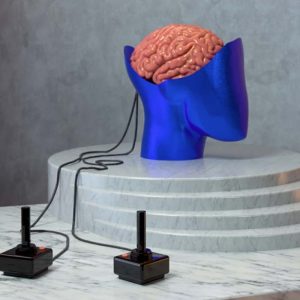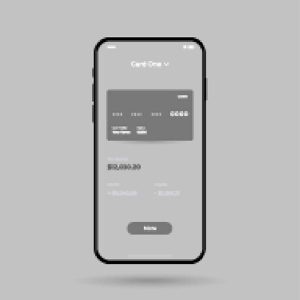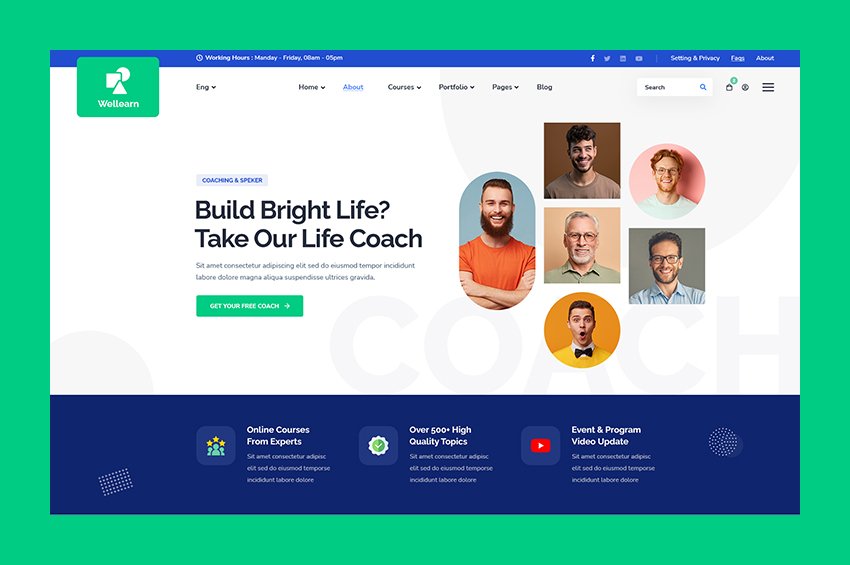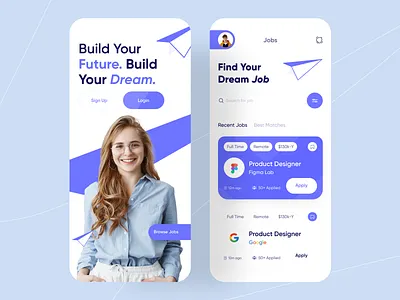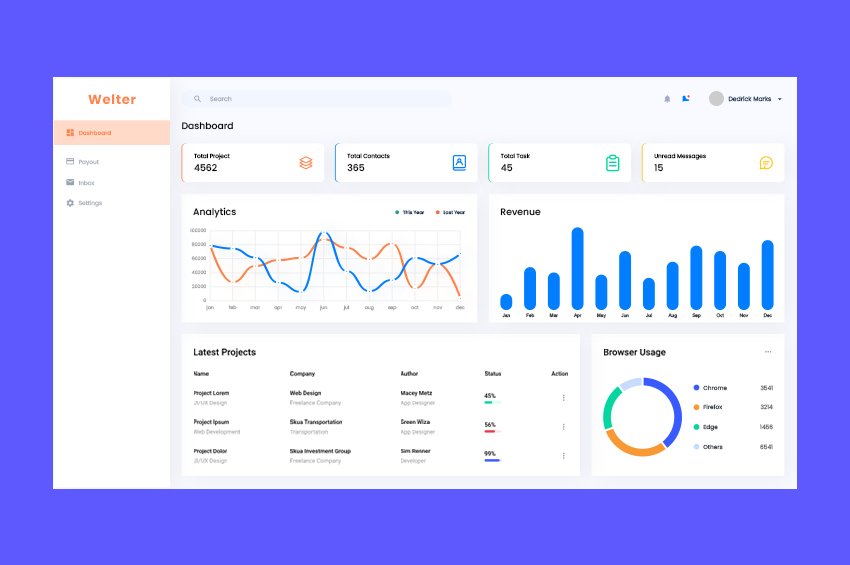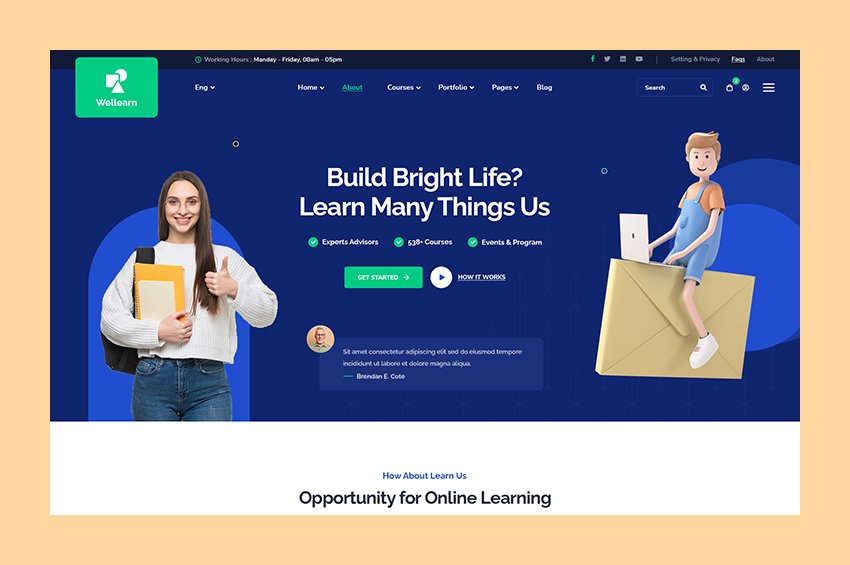No products in the cart.
Becoach Education & Coach Web Template
Project Details
Conducting a review of the Becoach Education & Coach Web Template project involves evaluating various aspects such as design quality, functionality, user experience, performance, and code quality. Here’s a structured approach for reviewing your Becoach Education & Coach Web Template project:
Becoach Education & Coach Web Template Project Review
1. Objective Assessment
- Project Goals: What are the primary objectives of the web template? (e.g., providing coaching services, offering educational resources, facilitating client bookings)
- Target Audience: Is the template designed to meet the needs of its intended users (e.g., students, professionals seeking coaching, educators)?
2. Design Quality
- User Interface (UI): Is the UI modern and visually appealing? Are colors, fonts, and icons used effectively to convey professionalism and approachability?
- Layout: Is the layout intuitive? Are key sections (services, testimonials, contact information) easily accessible and logically organized?
- Consistency: Are design elements consistent throughout the template, including color schemes, typography, and component styles?
3. User Experience (UX)
- Ease of Navigation: Is the navigation straightforward? Can users easily find the information they need without confusion?
- Onboarding Process: If applicable, does the template provide guidance for first-time visitors? Are important features highlighted?
- Call to Action (CTA): Are CTAs (e.g., book a session, contact us) clear and compelling? Are they strategically placed to encourage user interaction?
4. Functionality
- Core Features: Are all intended features functioning correctly? Key features might include service descriptions, booking forms, educational resources, and client testimonials.
- Responsiveness: Does the template perform well on various devices and screen sizes? Is the mobile experience optimized?
- Interactive Elements: Are there interactive features (e.g., sliders, galleries) that enhance user engagement? Do they work smoothly across devices?
5. Content Quality
- Clarity: Is the content clear, concise, and relevant? Does it effectively communicate the coaching services offered and the benefits of engaging with the coach?
- SEO Optimization: Is the template structured with SEO best practices in mind (e.g., proper use of headings, meta tags, alt text for images)?
- Visual Content: Are images and videos used effectively to enhance the message? Are they high-quality and relevant to the coaching and education context?
6. Performance
- Loading Speed: Does the template load quickly? Are there any performance issues that could deter users?
- Scalability: Can the template handle additional content or features without degrading performance? Is it built to scale effectively?
- Error Handling: Are errors handled gracefully? Is there user-friendly feedback when issues occur (e.g., form submission errors)?
7. Technical Execution
- Code Quality: Is the codebase well-organized and maintainable? Are best practices followed in HTML, CSS, and JavaScript development?
- Cross-Browser Compatibility: Does the template work consistently across different browsers (e.g., Chrome, Firefox, Safari)?
- Documentation: Is there sufficient documentation for developers? Does it cover installation, customization, and troubleshooting?
8. Security
- Data Protection: Are user data and sensitive information secured, especially for features like booking forms? Are there measures to protect against common vulnerabilities?
- Privacy Policies: Are user privacy policies clearly stated? Is user data handled in compliance with relevant regulations (e.g., GDPR)?
9. Future Improvements
- Feature Expansion: Identify opportunities to add new features (e.g., client portals, resource libraries, live chat support).
- Design Enhancements: Highlight specific areas where design could be improved (e.g., updating visuals, enhancing accessibility).
Recommendations
- User Testing: Conduct user testing sessions to gather insights on usability and areas for improvement.
- Regular Updates: Plan for regular updates to keep the template current with design trends and user needs.
- Feedback Loop: Establish a feedback mechanism for users to suggest improvements or report issues.
Conclusion
A successful Becoach Education & Coach Web Template should effectively meet user needs, provide valuable information, and encourage potential clients to engage with the coaching services offered. By assessing these components, you can identify strengths and areas for improvement, ensuring the template serves its intended purpose effectively.
If you have specific elements of the project you’d like to discuss further or need assistance with, feel free to ask!





